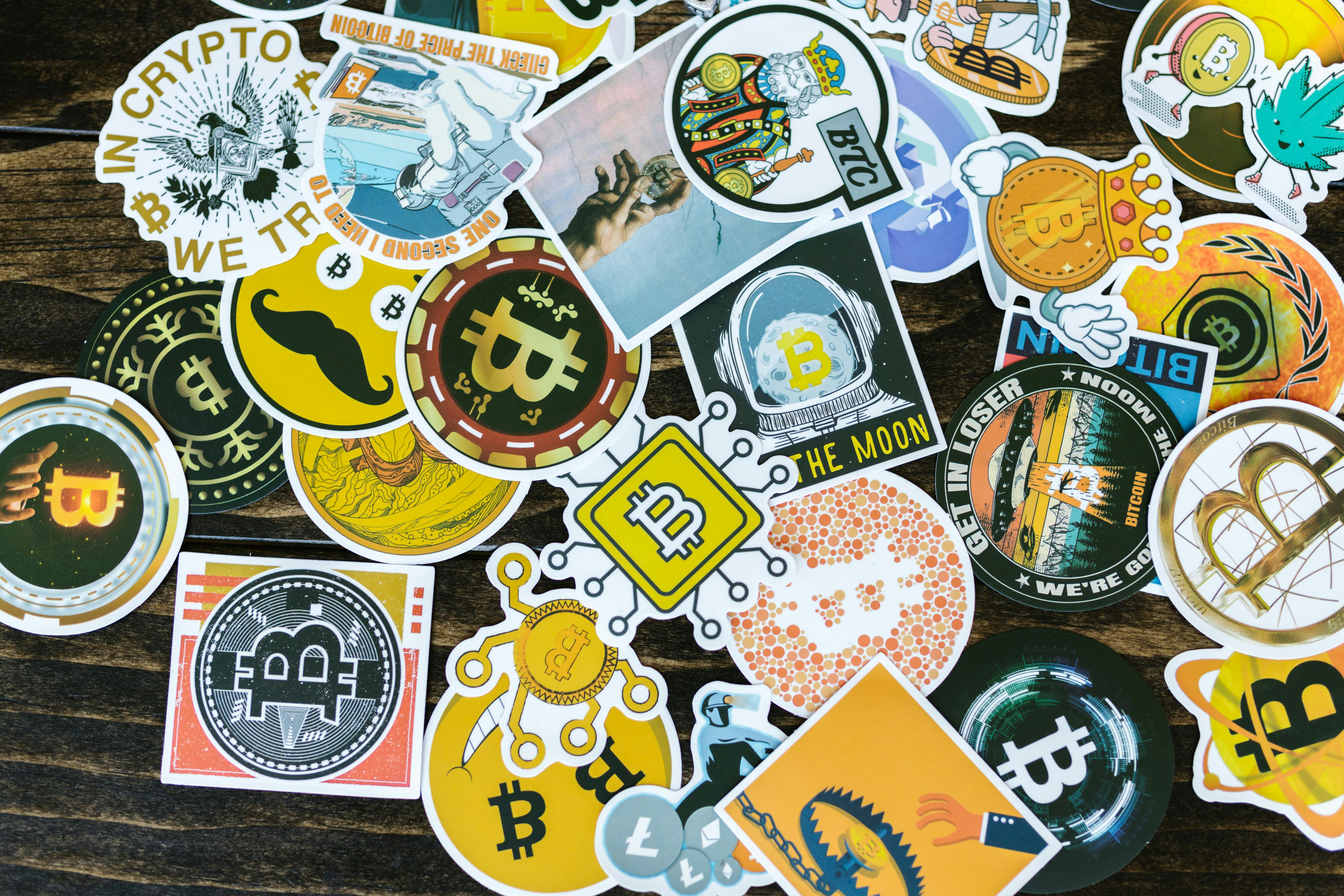A New Dawn in Digital Art: Exploring the Explosion of CryptoArt
Introduction: In the vast realm of the arts and entertainment industry, an intriguing evolution is unfolding. The advent of blockchain technology has ushered in a new era: the rise of CryptoArt. This article delves into the genesis, current trends, and the cultural impact of this novel artistic trend.

A Glimpse into the Past: The Birth of CryptoArt
CryptoArt, the offspring of art and blockchain technology, can trace its roots back to 2015. It was then that artists started to use the Ethereum blockchain to create, buy, and sell digital artwork. The key innovation here was the introduction of “non-fungible tokens” or NFTs. Unlike cryptocurrencies such as Bitcoin, which are fungible and interchangeable, NFTs are unique. This uniqueness gives digital art a property it lacked: scarcity.
The Present Day: An Unstoppable Surge
The world of CryptoArt has exploded in recent years, transforming from an obscure niche into a global phenomenon. The current trends highlight the growing acceptance and recognition of CryptoArt. Renowned auction house Christie’s sold its first entirely digital artwork, “Everydays: The First 5000 Days” by Beeple, for a staggering $69 million in March 2021. This event marked a milestone in the acceptance of CryptoArt in the traditional art world.
Impact and Significance: A Paradigm Shift
The impact of CryptoArt is immense, presenting both opportunities and challenges. On the positive side, it democratizes art, breaking down barriers between artists and audiences. Artists now have a global platform to showcase and monetize their work without the need for galleries or middlemen. On the flip side, it also raises questions about copyright infringement, environmental impact due to high energy consumption of blockchains, and the speculative nature of the market.
Reception: A Mixed Bag
The reception of CryptoArt has been ambivalent. While some hail it as a revolutionary wave that empowers artists, others express skepticism, citing concerns over its environmental impact and the potential for an economic bubble. However, the success of artists like Beeple and the increasing institutional acceptance signal a promising future for this new artistic movement.
Looking Ahead: The Future of CryptoArt
While it’s still early days for CryptoArt, its potential is undeniable. As blockchain technology continues to evolve, so will the ways in which artists explore and exploit it. Future developments may see more environmentally friendly blockchains, better copyright protection mechanisms, and perhaps even the integration of virtual and augmented reality technologies.
In conclusion, CryptoArt is more than a fleeting trend; it is a testament to the continuous evolution of creativity in the digital age. It represents a shift in how we perceive, value, and engage with art, making it a fascinating topic to keep an eye on.




